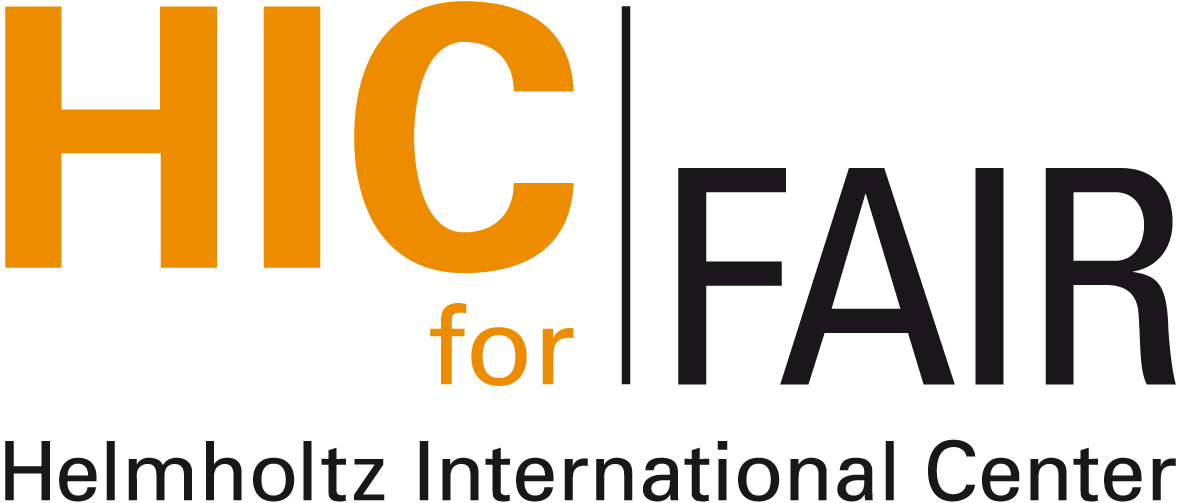\( \newcommand{\dd}{\mathrm{d}} \) \( \DeclareMathOperator{\sign}{sign}
\)
 Nuclear
Physics Colloquium and Transport Meeting
Nuclear
Physics Colloquium and Transport Meeting
Venue: Physics Building, Seminar Room 2.116
Time: Thursday, June 11, 4:30 pm (s.t.) (plus
10min for discussion)
Contact: hees@fias.uni-frankfurt.de
The light scalar mesons as tetraquarks
Gernot Eichmann (Justus-Liebig-Universität Gießen)
Among the open questions in light hadron
physics is the nature of the light scalar mesons. Their properties are at
odds with the quark-antiquark assignment, which has supported their
interpretation as possible tetraquark candidates. We have tested the
tetraquark interpretation in the Dyson-Schwinger/Bethe-Salpeter approach.
We solve a genuine four-body equation where quarks interact by gluon
exchange. This is based on previous studies of mesons and baryons which I
will briefly review. For the tetraquark we find a light scalar-isoscalar
state at $m \simeq 400 \; \mathrm{MeV}$. However, it does not behave like
a diquark-antidiquark system but rather like a 'meson molecule'. The
four-quark equation dynamically generates pion poles in the tetraquark
amplitude, which strongly influence its structure and produce a physical
threshold. This suggests that the $\sigma/f_0(500)$ is indeed a four-quark
state, but it is dominated by pion-pion components whereas diquarks are
almost irrelevant. The masses of the multiplet members $\kappa$ and
$a_0/f_0$ follow an analogous pattern.
Nuclear Physics Colloquium Homepage
 Nuclear
Physics Colloquium and Transport Meeting
Nuclear
Physics Colloquium and Transport Meeting Nuclear
Physics Colloquium and Transport Meeting
Nuclear
Physics Colloquium and Transport Meeting